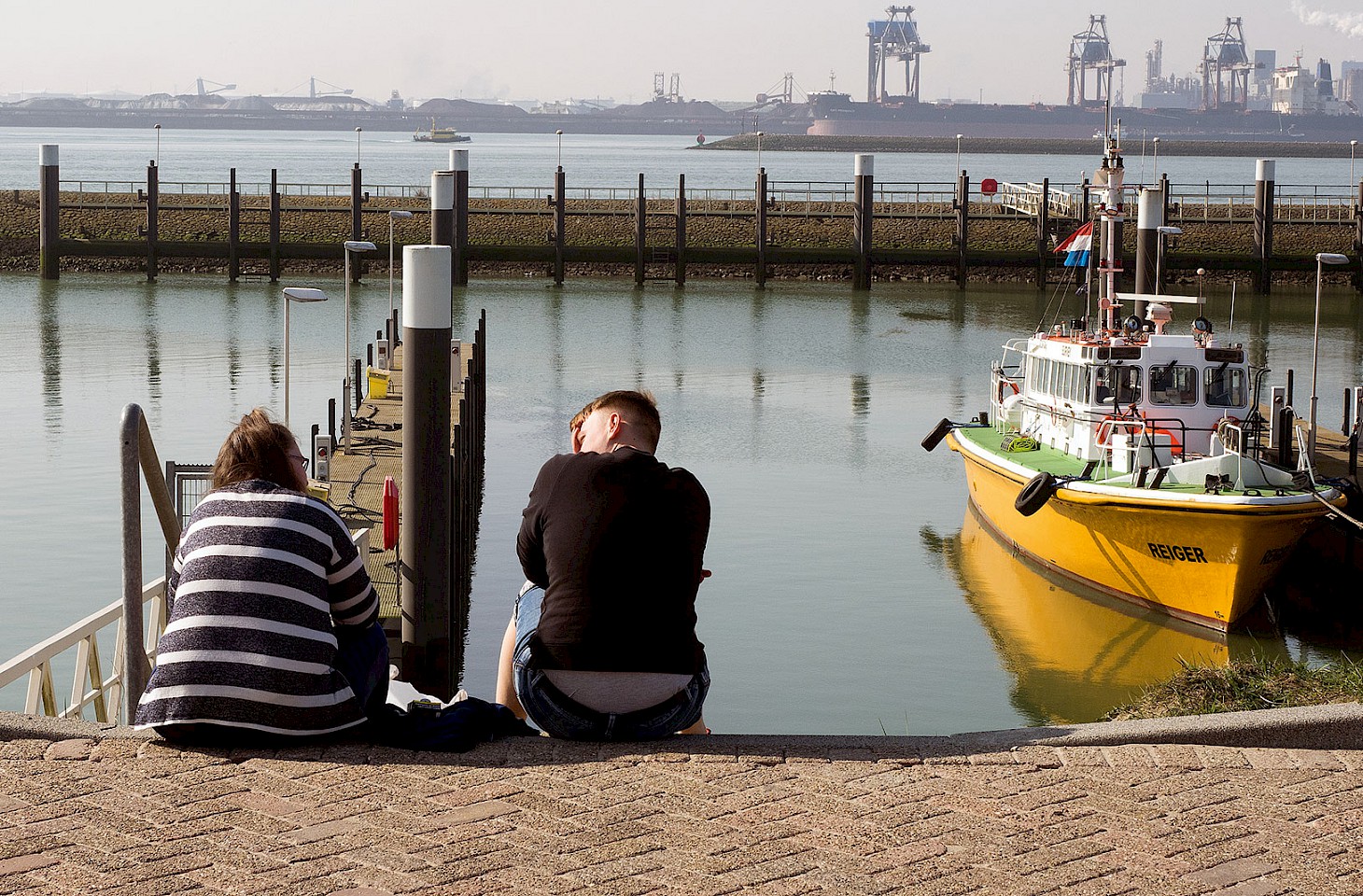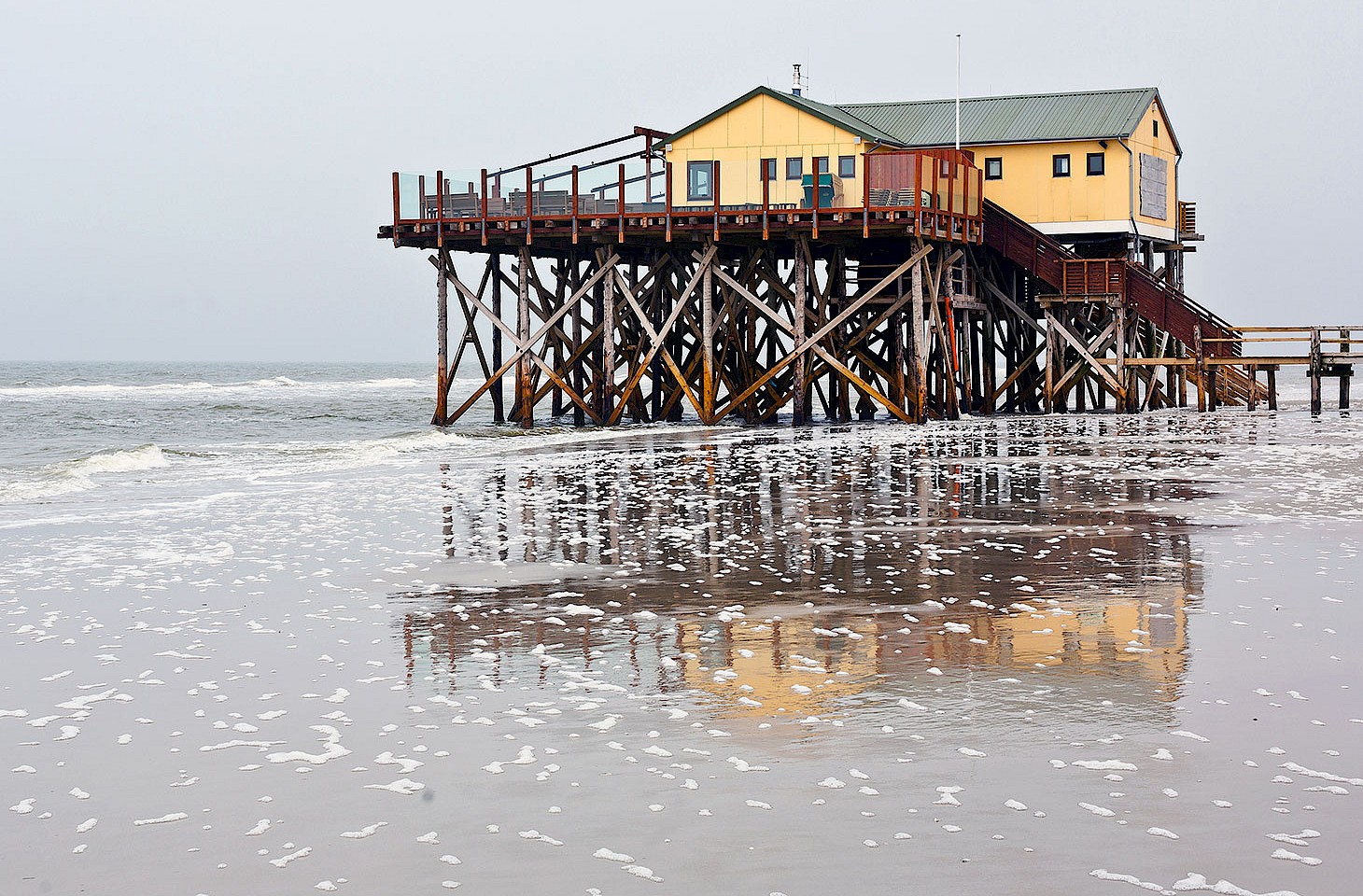Tourist buses race along the main highway which slips around the edge of the Bay of Cavtat, a short hop down the coast from the Croatian city of Dubrovnik in the direction of the border with Montenegro. Most of these buses are ferrying new arrivals from Čilipi Airport to Dubrovnik; the vehicles barely drop a gear as they pass through villages like Kupari. Everyone wants to visit Dubrovnik, especially now that the damage inflicted during Croatia’s War of Independence (1991–1995) has been repaired. Elsewhere, however, the memory of that conflict lingers — and nowhere more than in Kupari. At the end of a side road here, opposite the Auto Camp, are the bombed-out remains of a once hugely popular holiday resort.
This part of the Croatian coast is known for having some wonderful bays. Dubrovnik’s prosperity was founded centuries ago on its harbour; Mlini and Srebreno five miles south have more recently traded on the quality of their beaches. In 1919, neighbouring Kupari did likewise by allowing a Czech investor to build the Grand Hotel on the shoreline. Having seceded a year earlier from the doomed Austro-Hungarian Empire, Croatia was a part of the nascent Kingdom of Yugoslavia. The elegant architecture of the Grand, a confection of stuccoed brick with neoclassical flourishes, was a tangible reminder of the time both countries spent under Habsburg rule.
Fast forward to the 1960s and Croatia is part of the Socialist Federal Republic of Yugoslavia. Its president, Josip Broz Tito, is the country’s supreme military commander and deems Kupari’s sandy bay ideal as a holiday resort for the Yugoslav People’s Army. As a result, over the next twenty years five huge hotels containing over 1,600 beds are built for officers and their families. In total it costs the present-day equivalent of half a billion euros.



